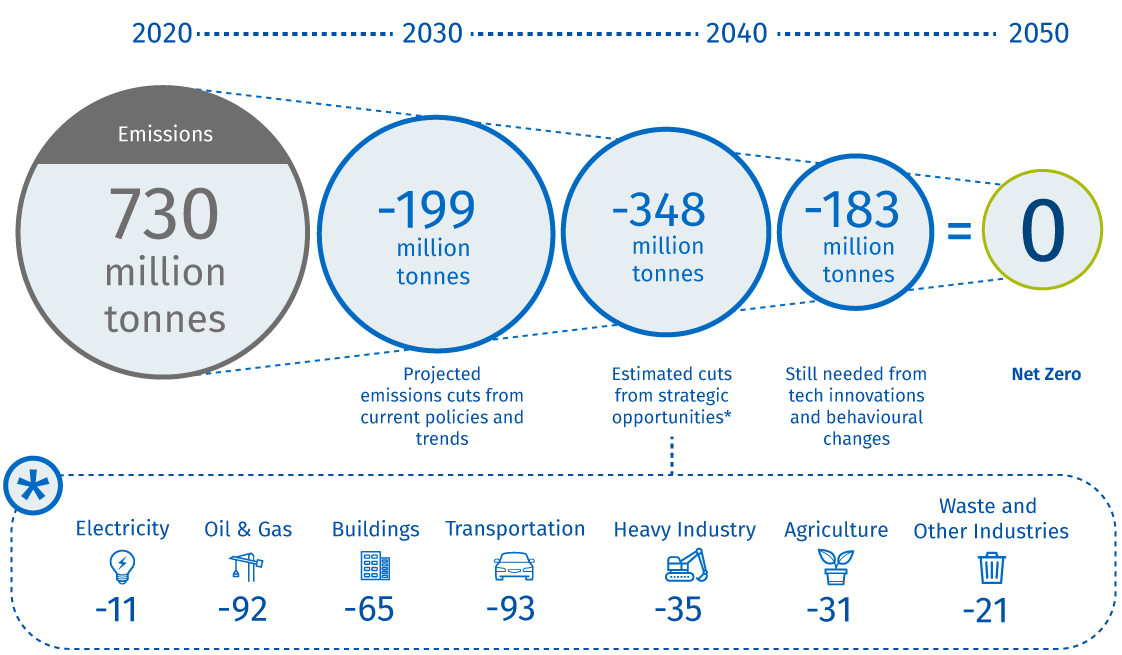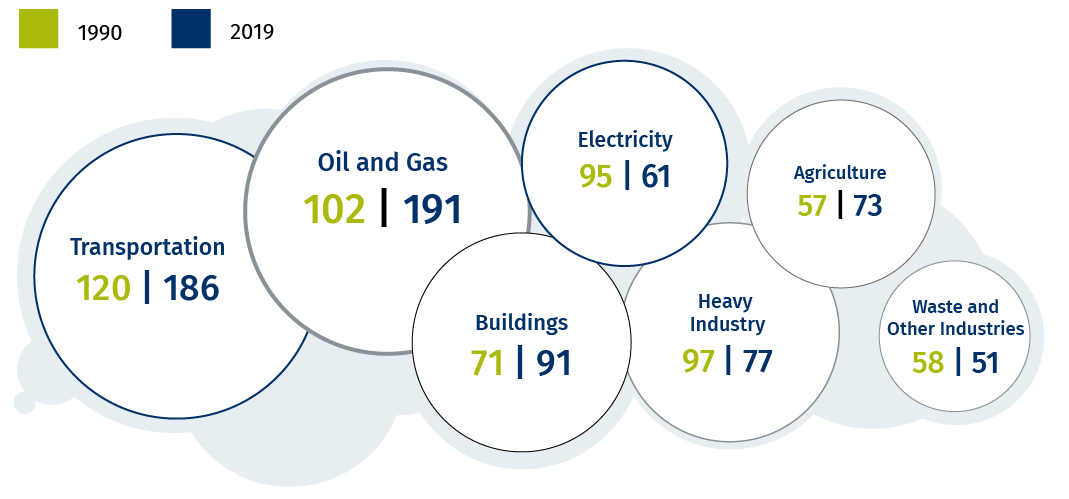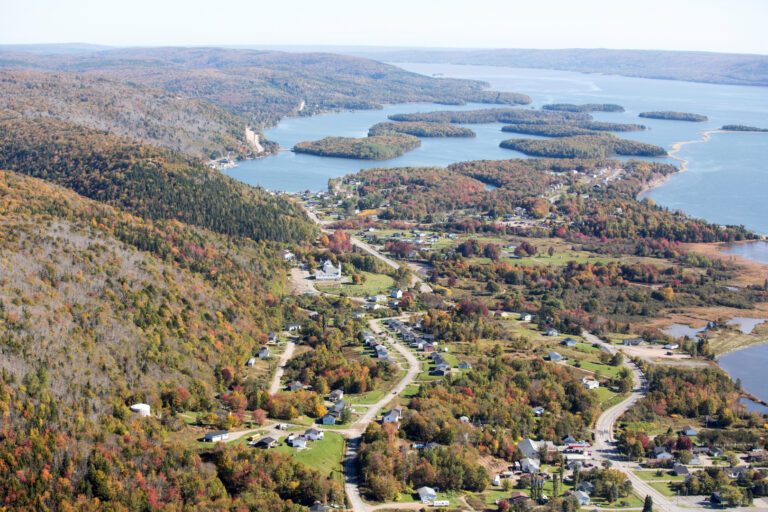Thursday, July 3, 2025
The Royal Bank of Canada (RBC) Economics and Thought Leadership team set out on a year-long research project to map out some of the necessary pathways for Canada to get to Net Zero. That’s the state when we take as much or more carbon dioxide, methane and other greenhouse gases out of the air as we put into it. And we need to get to that state by 2050, or sooner, to avoid the irreversible consequences of climate change.
RBC is committed to net zero in its own operations and lending portfolios. The bank is working with governments, regulators, clients, environmental groups and the global financial sector to understand what’s needed—and to share those insights as widely, because the bank believes a shared understanding of the challenges can lead us to better solutions for all.

The RBC team undertook this research to inform and inspire those conversations, and welcome Canadians to join the conversation and learn more through the new RBC Climate Hub.
According to the RBC researchers, Canada has a math challenge.
When it comes to greenhouse gas emissions, Canadians account for a relatively large share of what the world produces. Although we’ve committed over the decades to cut those emissions, we’ve fallen short. We continue to consume conventional energy to cross our vast land and heat our homes, and allow methane to seep into the atmosphere to feed ourselves and much of the planet.
All told, we’re putting as much pollution into the atmosphere as we did a generation ago. And we don’t have another generation to shift gears—not if we want to avoid the worst consequences of global warming. Canada emits roughly 730 million tonnes of carbon dioxide and equivalent greenhouse gases each year, making us the world’s 10th largest emitter. That number may seem small compared to the nearly 50 billion tonnes the world produces, notably from the U.S. and China. But it’s a lot more than the 602 million tonnes we generated in 1990, just before the world’s first Earth Summit.

To get on a more serious path to net zero, the federal government committed to getting Canada back to around 500 million tonnes by the end of this decade—and eliminating or offsetting the rest by 2050, using new technologies like electric vehicles, new heat sources for homes, and new processes to capture and store some of the emissions that we’ll continue to produce to power our planet.
This report aims to map out some of those pathways, as well as the investments and policies needed to achieve Net Zero. RBC uses a range of established modelling on the emissions of major sectors, and the potential of breakthrough technologies, behavioural changes and improvements in industrial and agriculture processes. The research aims to project out, over 30 years, what the estimated long-term costs and benefits could be, understanding that many uncertainties exist around climate, technology and behavioural trends and such forecasts will continue to evolve.
To read the complete report, click here.











